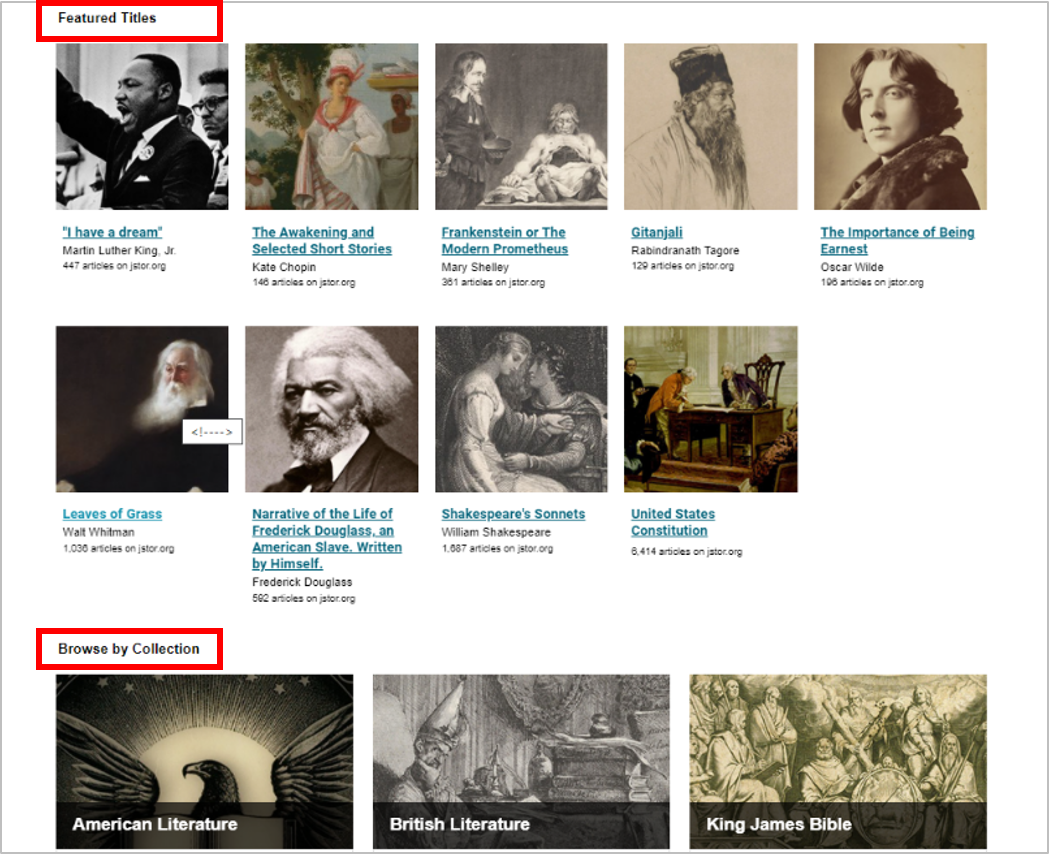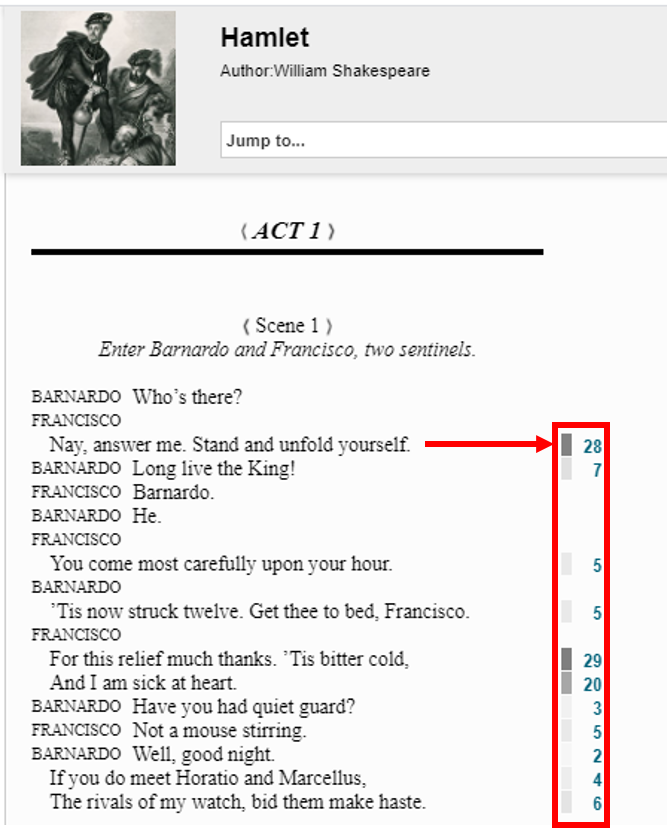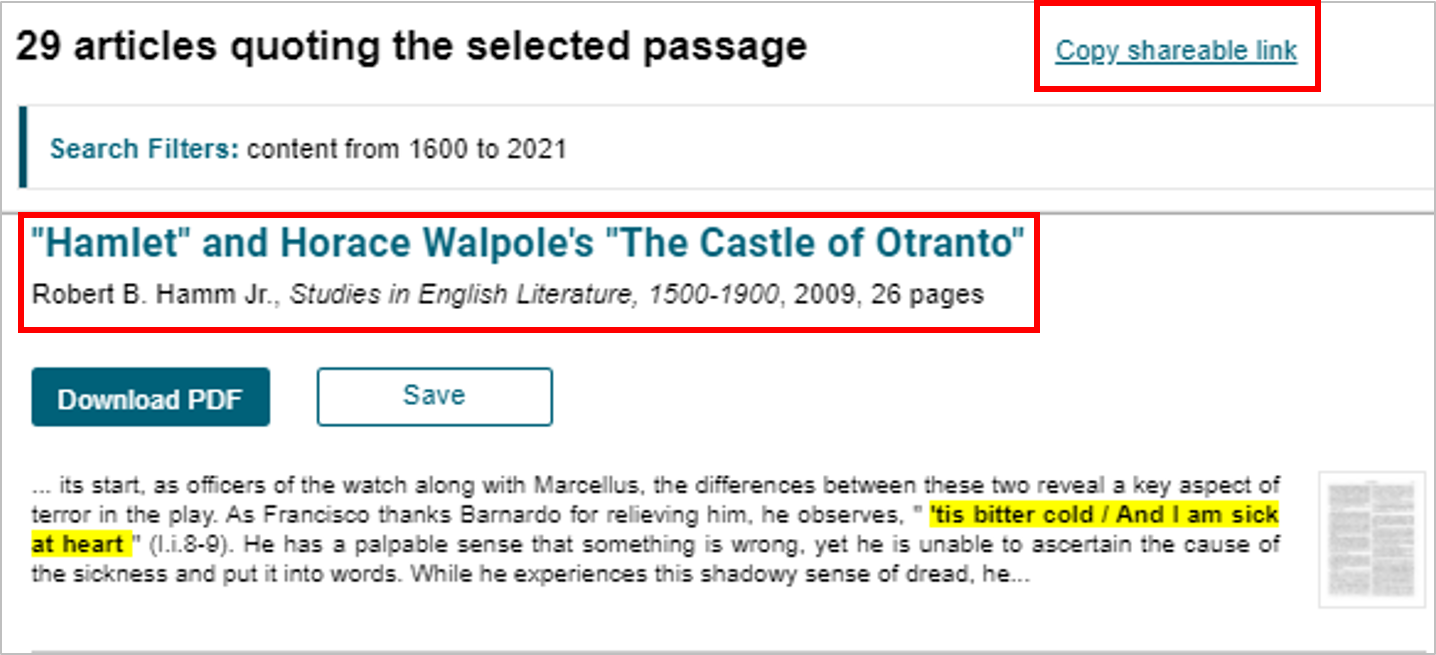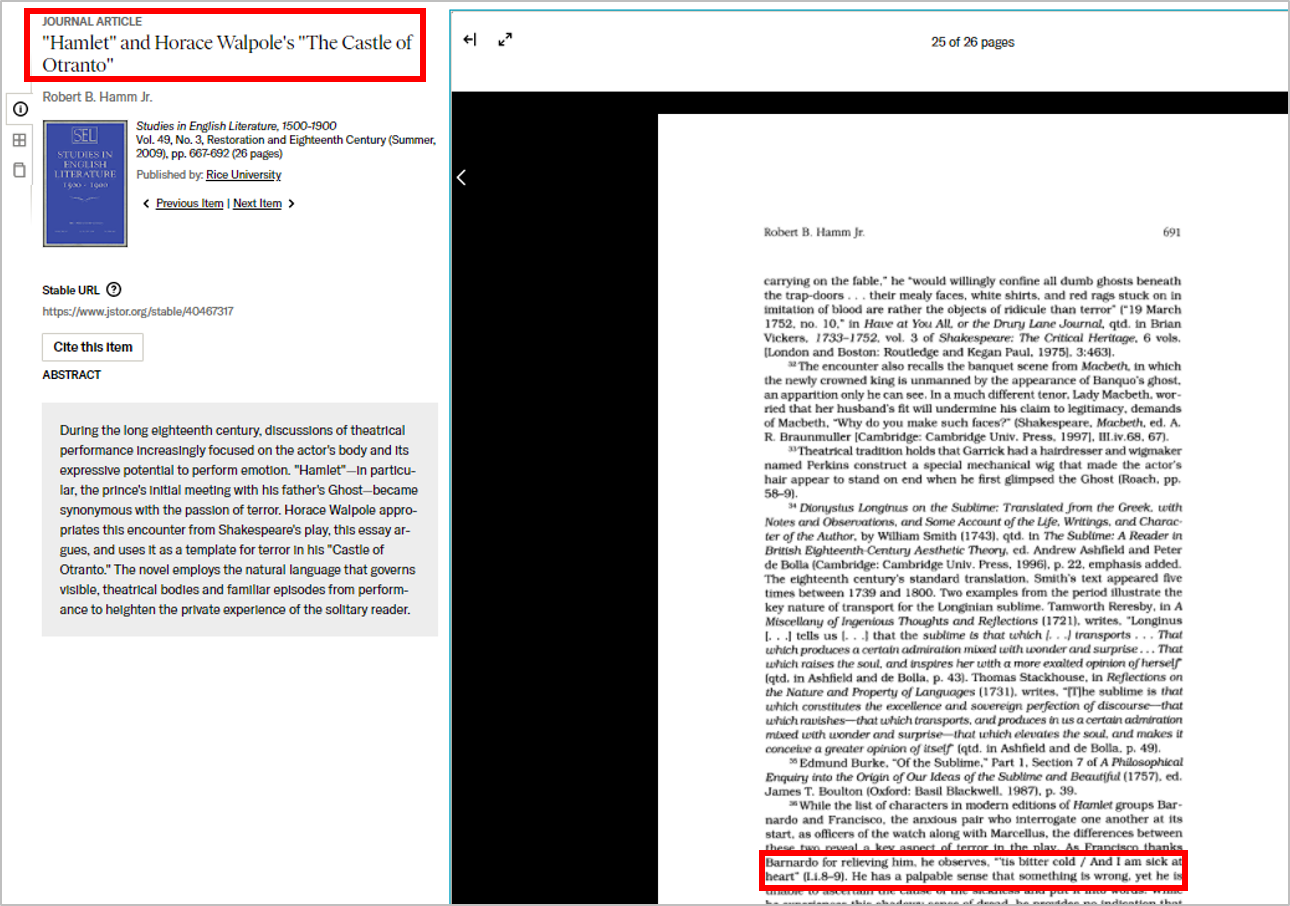JSTOR Understanding Series: A connection between dated and recent research documents
JSTOR introduced a new searching tool: The JSTOR Understanding Series. This tool connects the original research paper to the later-published dissertations, organizes every paragraph cited by future people, and links to the full text of the original publication.
JSTOR made primary arrangements for classic publications and original texts organized by their topics and genres. Users can browse or click on the collections to have an overlook on how they are quoted.
Despite the arrangement by its content, people can also browse by the alphabetical order of the title, the author’s name, and number of quotes.
Interestingly, JSTOR welcomes user’s feedback on the arrangement of collections, addition of texts, suggestions and preferences. Simply leave your email, name, and some feedback, and maybe you would find something updated next time.
Take Shakespeare’s Hamlet as an example, nearly every line has traces of quotations, and the numbers show how many times each line was quoted.
Click on “29”, and it showed that ”Tis bitter cold/ And I am sick at heart” is an often-quoted sentence in Hamlet. And if you want to see the publications including this line, just download the PDF file or click the title to read online. You can also copy the link and directly share it from the webpage.
After clicking on the title, you would see the original article.
Through JSTOR Understanding Series, we could see the crucial effect of the quoted sentence in a recent published article. Not only can it connect the dated and recent research resources but enlighten the academical analyzation and the further study research of materials.
by Yu-Ting Huang







